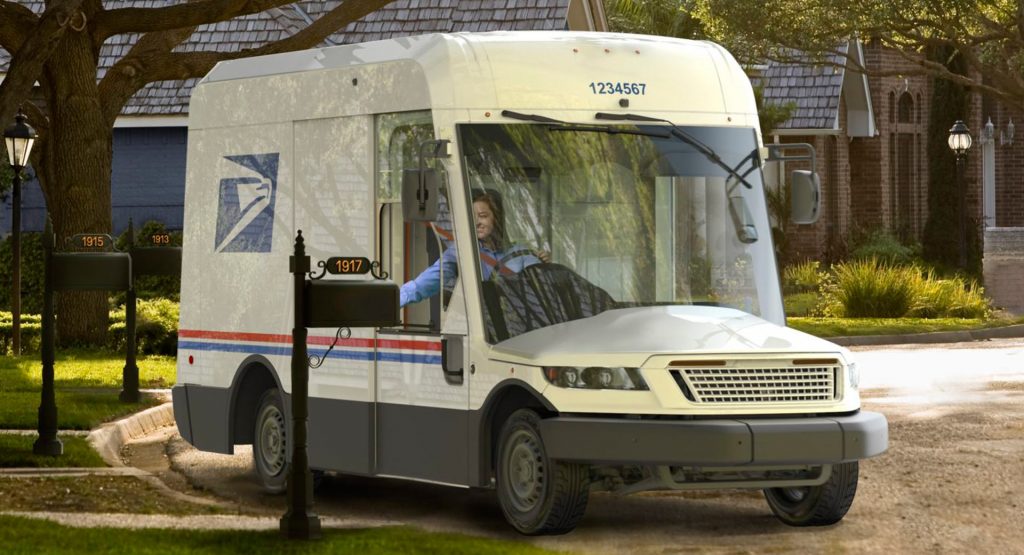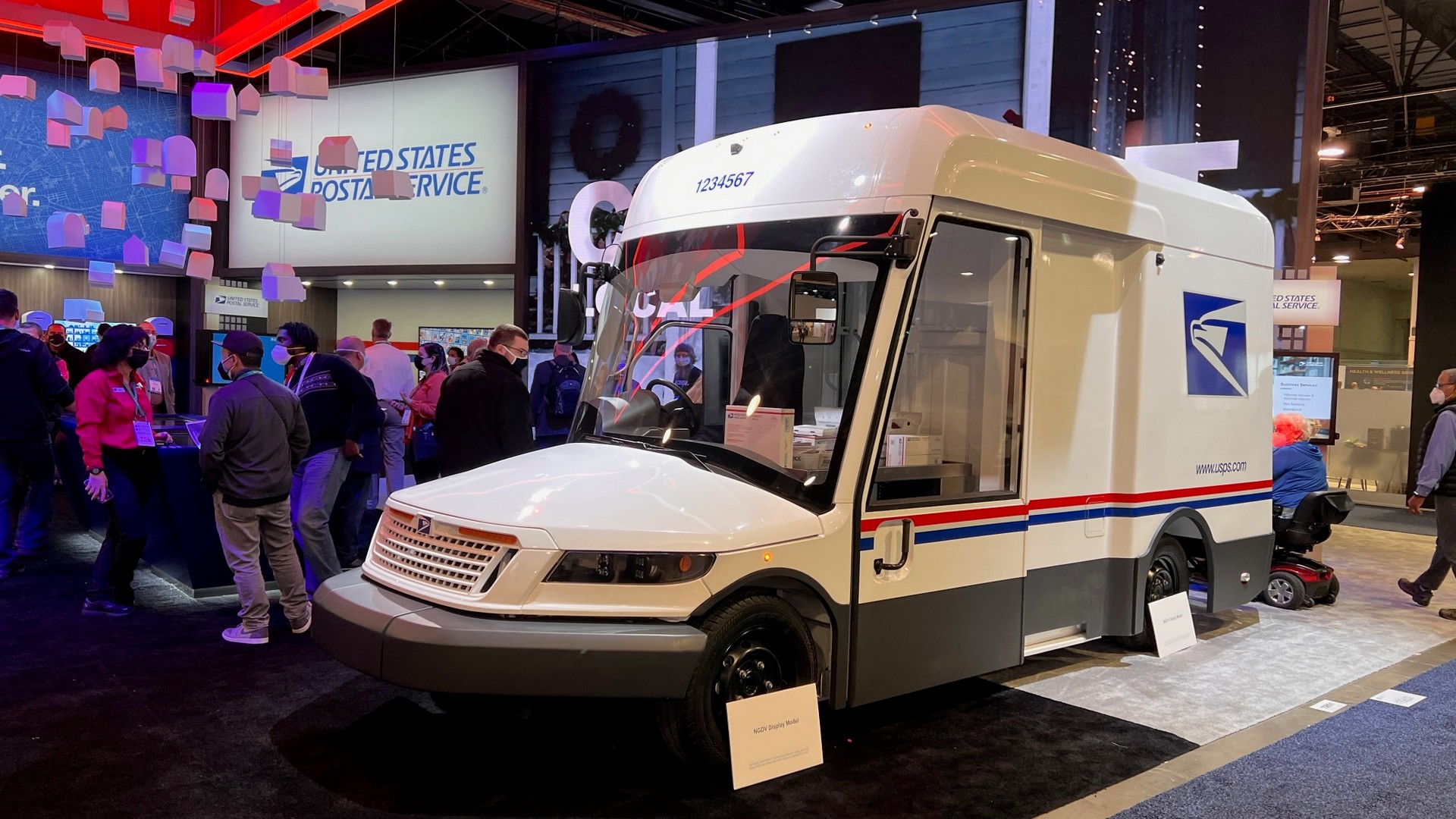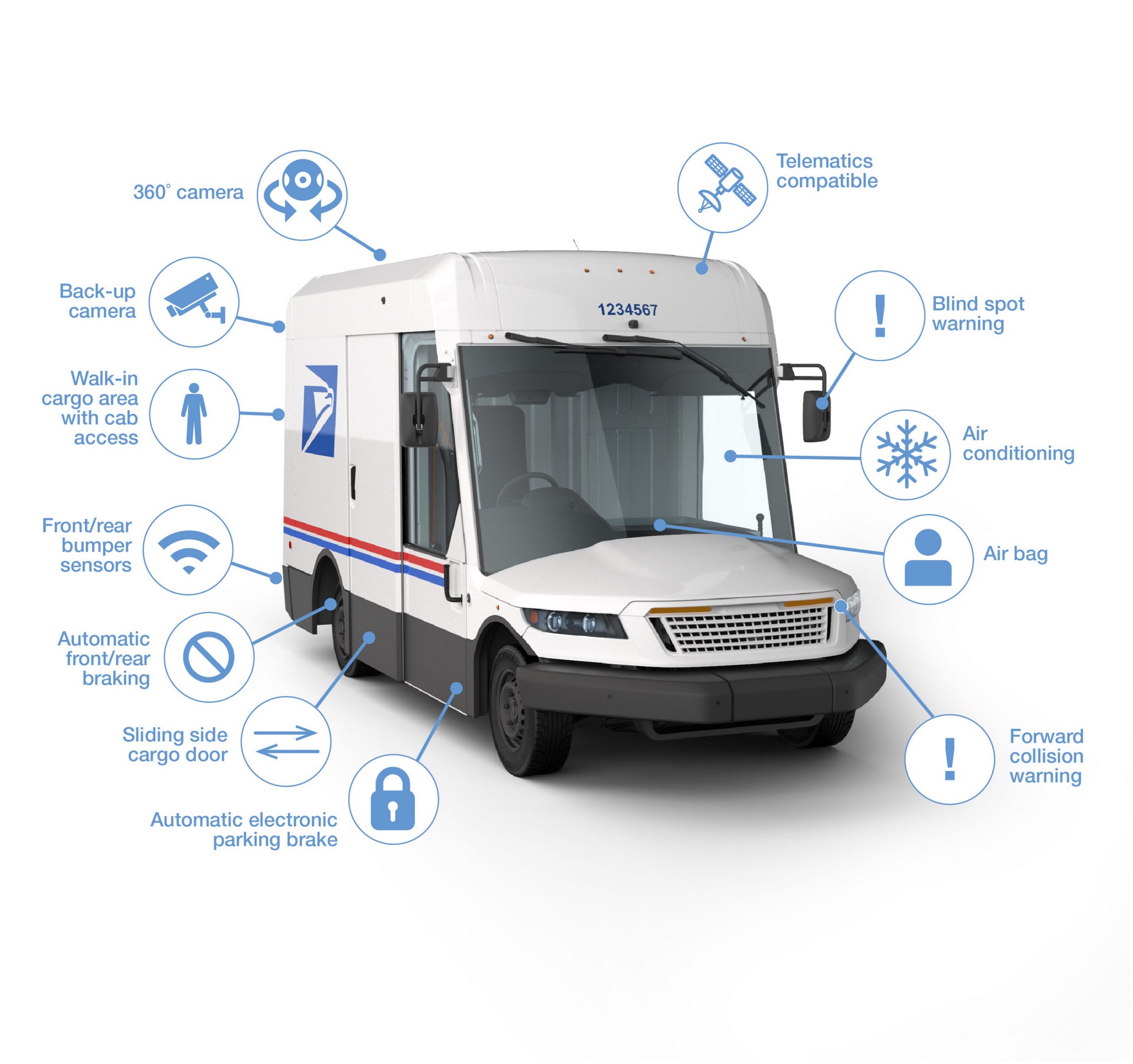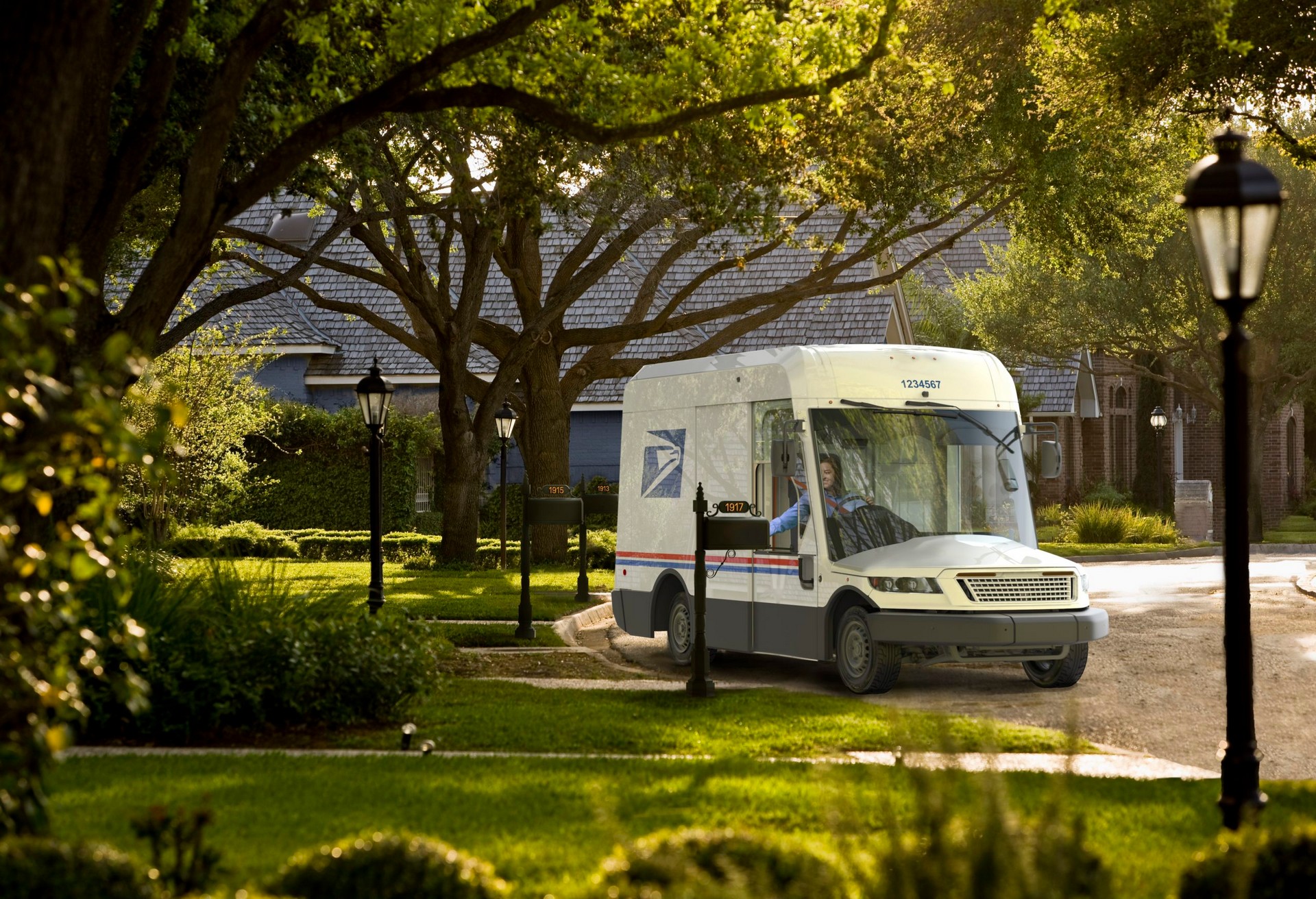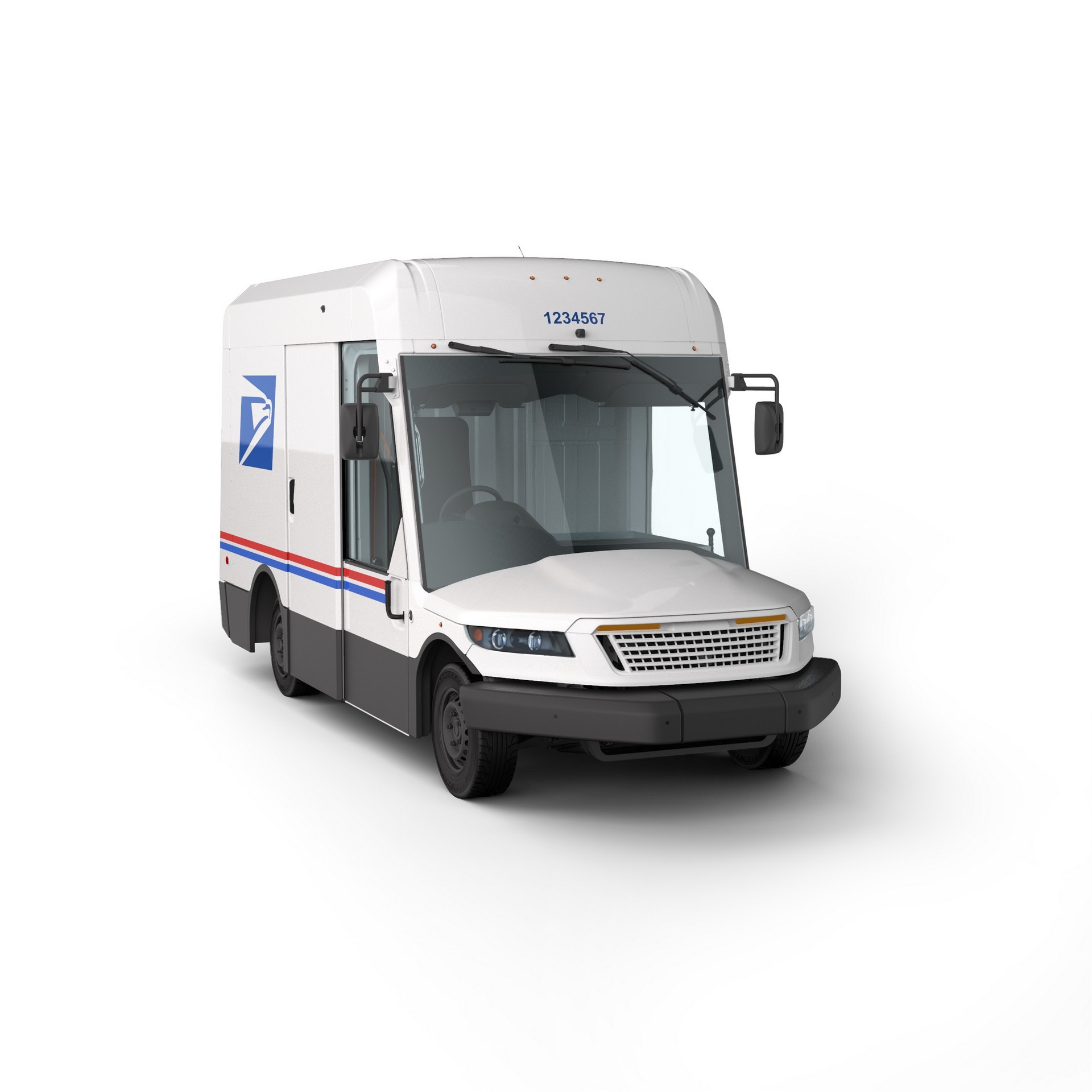Last year, the United States Postal Service announced Oshkosh Defense had been selected to build the Next Generation Delivery Vehicle (NGDV).
However, the Biden Administration isn’t happy with their plan to use a mix of internal combustion engines and battery electric powertrains.
According to the Washington Post, the Environmental Protection Agency (EPA) and the White House Council on Environmental Quality have sent letters to the Postal Service urging them to reconsider their plans to “buy mostly gas-powered vehicles and conduct a new, more thorough technical analysis.”
Also Read: Meet The NGDV, The New USPS Delivery Vehicle Coming In 2023
The report goes onto quote Vicki Arroyo, the EPA’s associate administrator for policy, as saying “The Postal Service’s proposal, as currently crafted, represents a crucial lost opportunity to more rapidly reduce the carbon footprint of one of the largest government fleets in the world.”
The paper says only 10% of the 50,000 to 165,000 NGDVs are slated to be electric, while the ICE-powered models would only have a 0.4 mpg improvement over the Postal Service’s current fleet, which is nearly 30 years old and largely consists of Grumman LLVs. They also noted, ICE-powered NGDVs would average a mere 8.6 mpg with the air conditioner running.
Environmentalists have been pushing the EPA to get involved and refer the issue to the White House Council on Environmental Quality. The latter would presumably push the Postal Service to go fully electric or significantly increase the percentage of electric NGDVs but, as of now, they’re just sending letters.
For their part, the Postal Service is saying there isn’t much they can do. As USPS spokeswoman Kimberly Frum told the paper, “While we can understand why some who are not responsible for the financial sustainability of the Postal Service might prefer that the Postal Service acquire more electric vehicles, the law requires the Postal Service to be self-sufficient.”
While that’s a reasonable argument, some of the math used by the USPS seems off. As the paper noted, the EPA has questioned why the Postal Service has assumed battery and gasoline prices will remain unchanged for decades, while also basing their analysis of electric vehicles on current charging infrastructure. These are obvious questions as battery prices have been falling, while charging infrastructure has been improving.
People also raised questions about the NGDV EV’s range of 70 miles (113 km). In particular, the paper noted electric delivery vans with a similarly sized battery can travel more than 100 miles (161 km) on a single charge.
Only time will tell how things turn out, but the first NGDVs could begin delivering mail as early as 2023.




